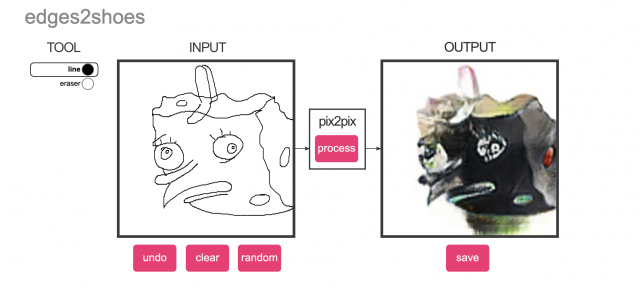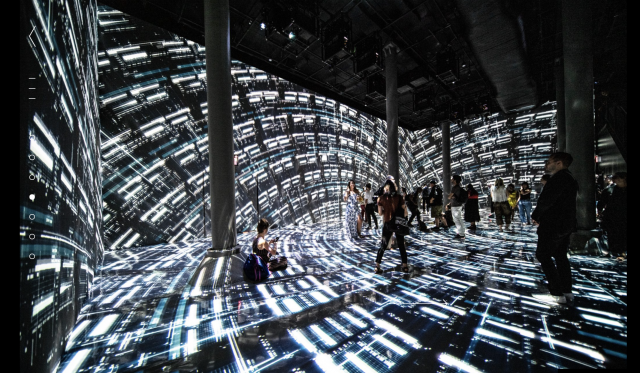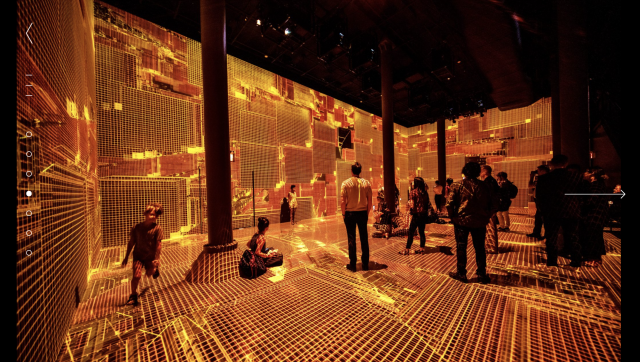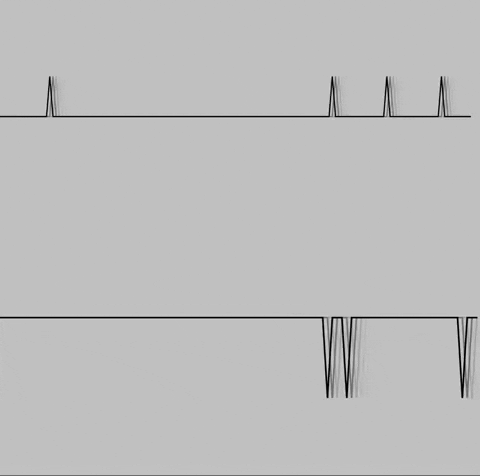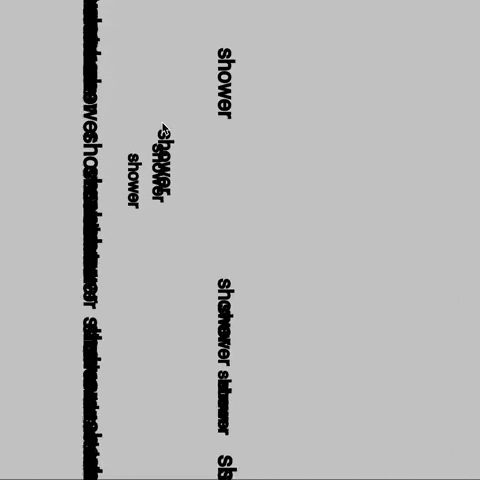DNA Editor
I thought it would be cool to find a way to visualize DNA editing. Right now there’s a tool called CRISPR that can allow DNA editing. I want the DNA strand to be constantly oscillating and depending on if I swipe right or left, the DNA strange will unravel and then the dots will form back into a strand after a period of time. I was thinking I could make it so the user would have to select a section and if they swipe, the nucleotide would be removed and the strand would have to recreate itself without the nucleotide.

Cars
This app gives the user basic shapes and the user has to build a car-like structure. Once they swipe left or right, the wheels will move in that direction and there will be an obstacle course that tests the car. There will be some sidescroller action.
Soulmate
This is inspired by Tinder. I thought it would be funny to create a random selection of randomly generated avatars and the user could swipe left or right based on their preferences. At the end of the swiping, the app will average all the avatars the user swiped on and create an average or combination of the avatars. Thus, soulmate.






